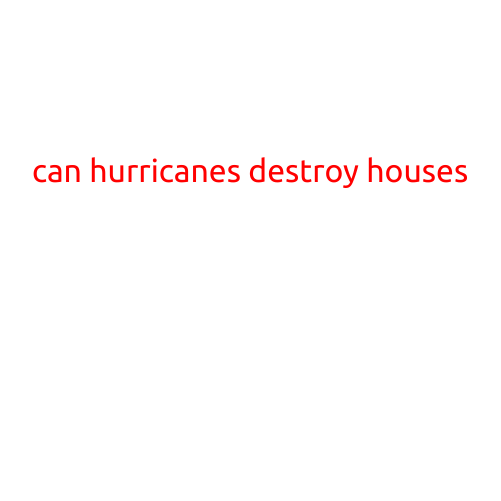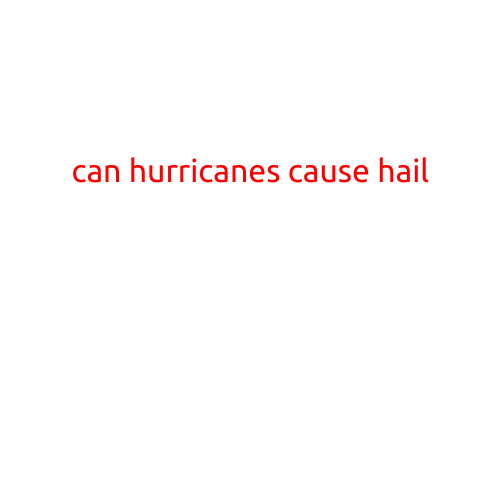
Can Hurricanes Develop Over Land?
Hurricanes are powerful tropical cyclones that form over warm ocean waters, causing significant damage and devastation to coastal communities around the world. However, a common question that arises is whether hurricanes can develop over land. The short answer is no, hurricanes cannot develop over land in the classical sense. But let’s dive deeper into the details.
The Formation Process
Hurricanes form when a combination of atmospheric and oceanic conditions come together to create a perfect storm. Warm ocean waters (at least 26.5°C or 80°F) heat the air above them, causing it to rise and create an area of low pressure. As the air rises, it cools, and the water vapor in the air condenses, forming clouds and releasing heat, which in turn fuels the storm.
Since hurricanes need warm ocean waters to form, developing a hurricane over land is unlikely. Land surfaces are typically cooler and drier than the ocean, making it difficult for the necessary conditions to come together.
Tropical Cyclones on Land
While hurricanes cannot develop over land, tropical cyclones (including typhoons and cyclones) can form over land, but only under specific conditions. These storms are often referred to as “land-based tropical cyclones” or “tropical cyclones on land.”
In these instances, the storm-forming process begins over water and then moves onto land. The storm’s circulation remains over the land, but its strength and intensity are typically reduced due to the cooler land temperatures and lack of moisture.
Examples of Tropical Cyclones on Land
Some notable examples of tropical cyclones on land include:
- Typhoon Vongfong (2019): This storm formed over the East China Sea and made landfall in Japan, becoming the strongest typhoon to hit the country in 64 years.
- Cyclone Hudhud (2014): This storm formed over the Bay of Bengal and made landfall in India, causing significant damage and loss of life.
- Hurricane Harvey (2017): Although not a traditional hurricane, Harvey formed over the Gulf of Mexico and made landfall in Texas, causing catastrophic flooding over Houston and surrounding areas.
What About Thunderstorms?
While not hurricanes, thunderstorms can develop over land, and some may even have the potential to grow into severe weather events. However, these storms are typically much smaller and less intense than hurricanes.
Conclusion
In summary, hurricanes cannot develop over land because the necessary conditions for formation, including warm ocean waters, are not present. While tropical cyclones can form over land, these storms typically begin over water and then move onto land. Understanding the differences between hurricanes and tropical cyclones on land is crucial for accurate forecasting and preparedness.
Remember, it’s essential to stay informed about weather conditions and follow guidelines from local authorities if you live in areas prone to severe weather events.





